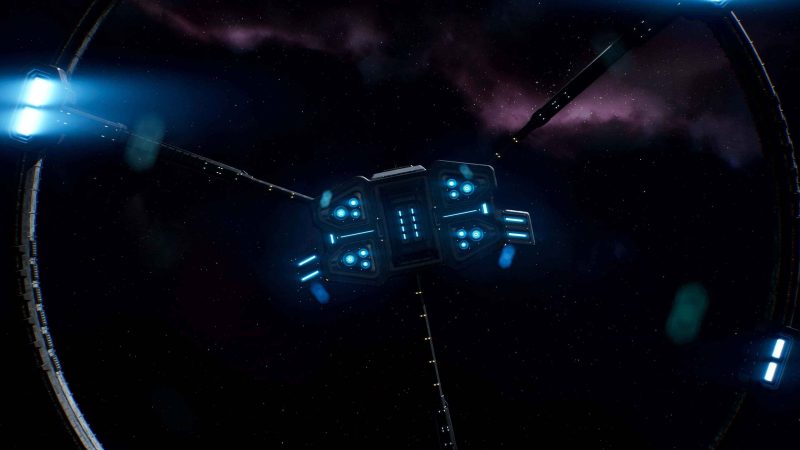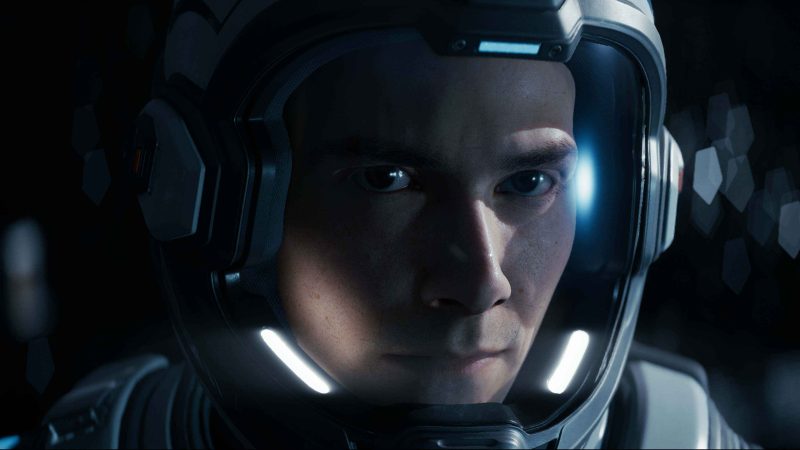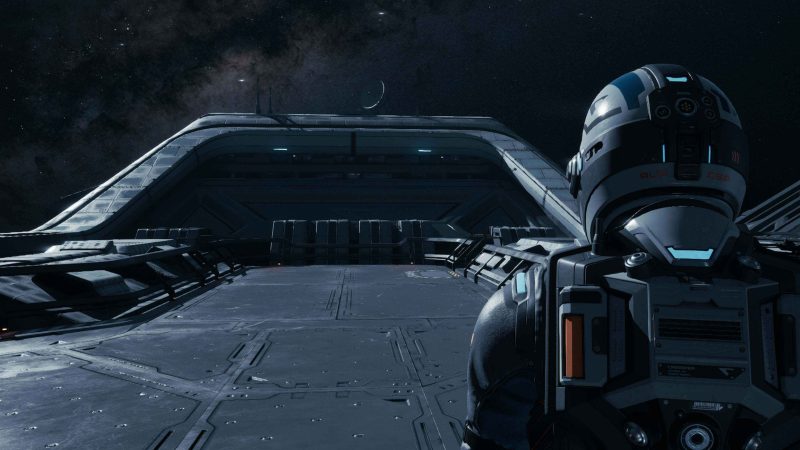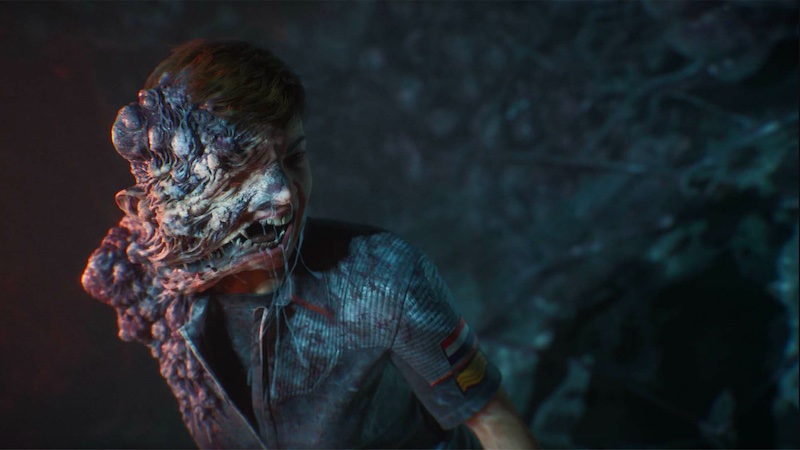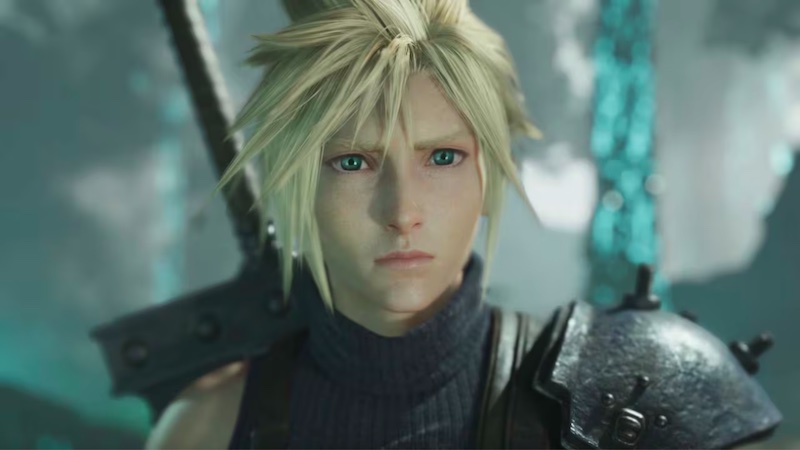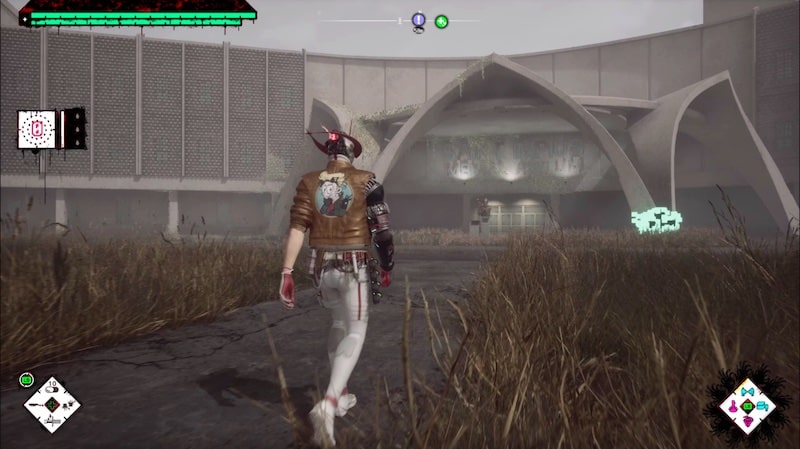Directive 8020 Hands-On Preview and Developer Insight – Supermassive Games’ Newest Promises An Ambitious New Take On Their Classic Formula
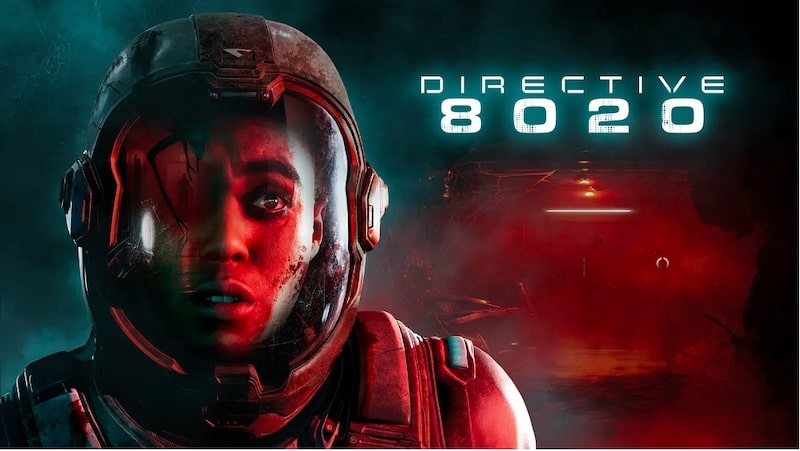
Directive 8020 Hands-On Preview and Developer Insight – Supermassive Games have carved a niche for themselves in the interactive narrative space, and especially through their ongoing Dark Pictures Anthology. Coming to prevalence with Until Dawn, each of their future games has built on and refined their style into something that feels signature to them, and the same is true of their newest entry in their anthology, Directive 8020.
At Gamescom, I was able to go hands-on with the whole first episode of the game and experience a slice of what sets this game apart from its predecessors, as well as the ways that Supermassive has evolved its game design to feel more ambitious and involved than before.
I also got the chance to speak to Executive Producer Dan McDonald about this new entry and the new dimensions that Supermassive is exploring here.
Directive 8020 Hands-On Preview and Developer Insight
Sitting Down
The most immediately apparent departure for this game is the hard pivot to sci-fi in favour of more cultural and supernatural horror that we’ve seen before. Each previous entry in the anthology has been inspired by a different sub-genre of horror, and this marks the biggest departure yet.
The setup is relatively simple and is very much a backdrop to facilitate the greater drama at the core of the story here. A crew of people from Earth have been sent into space in the hopes of colonising another planet to save humanity from extinction. It’s as standard as you could really wish for with this type of game, and yet I feel like this is just being used as an excuse to explore the crevices of some claustrophobic areas of wrecked ships.
I played the whole of the first episode and saw it through to one of the endings that you can receive depending on your actions. During my playtime, I was introduced to two of the main cast and the “hunter” that lies at the core of Directive 8020, with a far more subdued approach to hunting down the player.
If you’ve played any of the other games in the Dark Pictures Anthology, you’ll immediately feel familiar with the core conceit of what makes these games so appealing for so many, and that’s the extent to which choices can impact your playthrough. Even in the early hours of this game, I was able to make a decision that directly led to the death of one of the protagonists. While I did actively have to go out of my way to allow this to happen, I was impressed that such variance was being accommodated this soon, rather than being saved for the final act.
As well as this, there is generally more involvement with the environment around you, in a spin that feels a bit closer to a Dontnod or Telltale game from years past. I enjoyed this extra layer of interactivity and potential to learn about the world through a lens other than pre-orchestrated cutscenes. This also extended to some pretty simple environmental puzzles that feel straight out of other games in the genre.
Where this game promises to set itself apart (as well as fully take advantage of the stacked cast), is in the unique approach to enemy design, primarily in its imitation of the protagonists. At the end of episode 1, I was introduced to a creature that was mimicking (albeit poorly) one of my other crewmates. I was then thrown into a light stealth section that tasked me with sneaking past without being spotted, or else losing this character for good.
Unfortunately, I did something wrong and lost them in what would have been Episode 2, but my demo experience ended there. I was left on the sour note of my protagonist being beaten to death by a look-alike, before being told to wait for more. It was one hell of a way to end a demo, and clearly demonstrated the extent to which this game is willing to throw everything at the player before the end of the prologue. I don’t know if I could actually save myself from that ending, but that’s a question that only the turning points system can answer.
The Interview
On my way to speak with Dan McDonald, I had some questions about the new systems that this game introduces compared to its predecessors, primarily the Turning Points mechanic. This mechanic allows players to see a detailed flowchart of how different scenes can play out, and the ways that they fold into others throughout the remainder of the episode. As well as this, it allows players to choose to rewind and see alternative outcomes without feeling the pressure of permanent consequences.
This is something that can be fully turned off for purists, but the flowchart remains as a helpful way of charting which routes you’ve yet to experience.
This and more were elaborated upon in my interview with McDonald. This interview has been adapted for text.
I asked a little bit about the jump between the previous games in the Dark Pictures Anthology and this one. McDonald explained how the evolution in gameplay comes from how “we know what we do really well” and how “we want to innovate in our own space and keep pushing forward. We don’t want it to be boring for the players, or for ourselves. The real-time threat aspect. That was a huge thing for us.”
On the real-time aspect of Directive 8020, McDonald elaborated that “We wanted to do that for quite a few years. We were talking about that a lot on House of Ashes, but then it was a step too far for our systems at that point. It’s a really cool way for us to scare the players, with how the monsters can come out of anywhere. In the previous games, you were safe when you were walking around, and so this gives us the aspect of “you can’t relax”.
With this more active focus, McDonald offered the caveat of how “we’re not at the point where we want to start putting weapons in people’s hands. You’re in a position of weakness; the minute you start feeling strong, you aren’t scared anymore. There are ways of you fighting back, but you aren’t gonna be able to kill it with the things that are in the ship. We want you to run away and be scared, and to try and figure out ways past it.”
McDonald then tied this into the introduction of the Turning Points system, explaining that this increased complexity facilitated some level of clarity when it comes to exploring potential outcomes. McDonald explains, “The minute you allow characters to die more easily, you want to give more chances to undo that. But we also know that some of our players play 3 or 4 times to get all the different endings. This is a way for them to do that much easily. Let’s support our players and make it easier for them. Turning Points allows for players to undo some of that.”
In this, the dedication of Supermassive to providing a granular and personal experience is clear; there isn’t any single way that this game is meant to be enjoyed, where newcomers and purists are accounted for.
Regarding the introduction of the active threat, McDonald explained how you can “die here, there, and everywhere, and we’ve had to adapt our systems to account for that”. It doesn’t necessarily increase the number of outcomes, moreso the potential for players to be scared.
I asked whether or not the introduction of a clear flowchart was designed to encourage players to actually go back as they play, potentially impacting the way that people experience this story. McDonald reiterated that the Turning Point system is very much at the core of allowing players to play in the way that they consider comfortable.
This naturally flowed into a conversation about the ways that Directive 8020 can end; which was a surprising insight.
“Each ending is radically different, not just down to who’s alive and who’s dead, which is already even bigger this time than before. We won’t talk about the first two characters you play as, because that’s a prologue, but there are ten other crew members on the ship, 5 of them playable and 5 of them who aren’t. In the previous games, non-playable characters pretty much always died and you couldn’t stop it. This is the first game where all of them can live and all of them can die. There’s a whole bunch of variation in that. But then we have very different endings as well inside of that. You’ve had “an ending” but what about the other ones?”
We talked then about the comparisons to Supermassive’s debut Until Dawn, and the extent to which the endings in this game spiral off into chaos. In talking, Dan excitedly told me about how granular these endings can be, down to whether or not you have specific items or if you’ve completed certain objectives. In particular, a certain “secret ending” that happens “two-thirds of the way through the game, you have this kind of death spiral where everything has gone wrong. Suddenly, everyone just gets killed, and it’s over. It’s obvious when it happens, and we tell the player through the Turning Points system that this isn’t the actual end of the game. Turning Points allows us to do that kind of fun stuff.”
Next, we moved on to the depth of character in Directive 8020, particularly talking about the ways in which the cast had to transform and explore their own characters; with an alien threat mimicking the various characters that you play as throughout the game, I was fascinated to learn more about the process behind this, and the challenges that it brought.
“We have those moments, this is our version of The Thing in Space, that’s one of our inspirations, alongside Event Horizon and Sunshine, and a bunch of other sci-fi films and games too. It’s a lot of fun on the set. I’ve been lucky enough to go there and spend some real good time with Lashana, who plays Young. She’s the biggest actor we’ve ever had. Remi is huge now, but she was huge when we got her. She was fantastic to be on set with, as was Danny Serkani, and you saw all the names in the intro. If they’re not in movies, they’re in TV shows on Amazon Prime or Netflix, or Disney+. We keep stepping it up on who we’re able to attract. We all have them in together in a round, and then they get to do that fun stuff. “Alright, you’ve done that, now you need to do it again, but now you’re being weird because it might not be you”. And then we have those scenes where they’re facing off against each other.”
Linking into this, one of my final questions was around how this actually tied into the game element of Directive 8020, and the active threat system. Admittedly keeping some of the details vague, McDonald explained how “the alien can move in ways that you can’t. You don’t know if it’s the alien or your friend”.
This all creates an exciting preview for what this new game in the anthology is setting out to do. This is clearly an ambitious project for Supermassive, and I look forward to seeing just how off-the-wall the final game gets.
Directive 8020 releases for PS5 in the first quarter of 2026.

